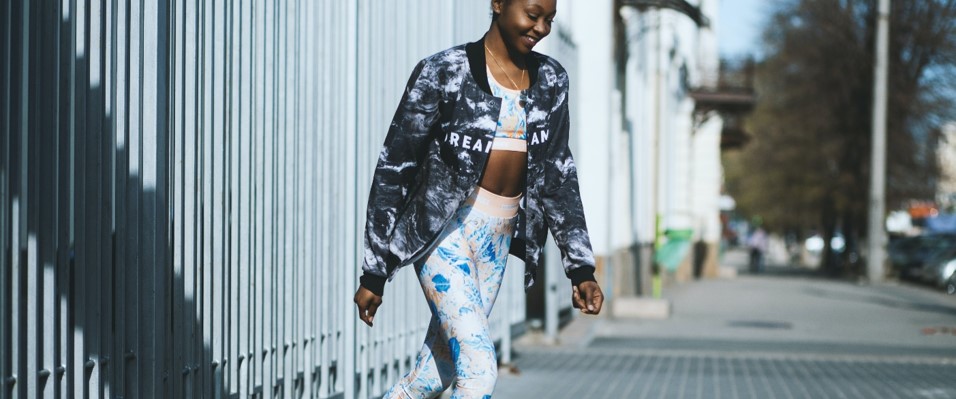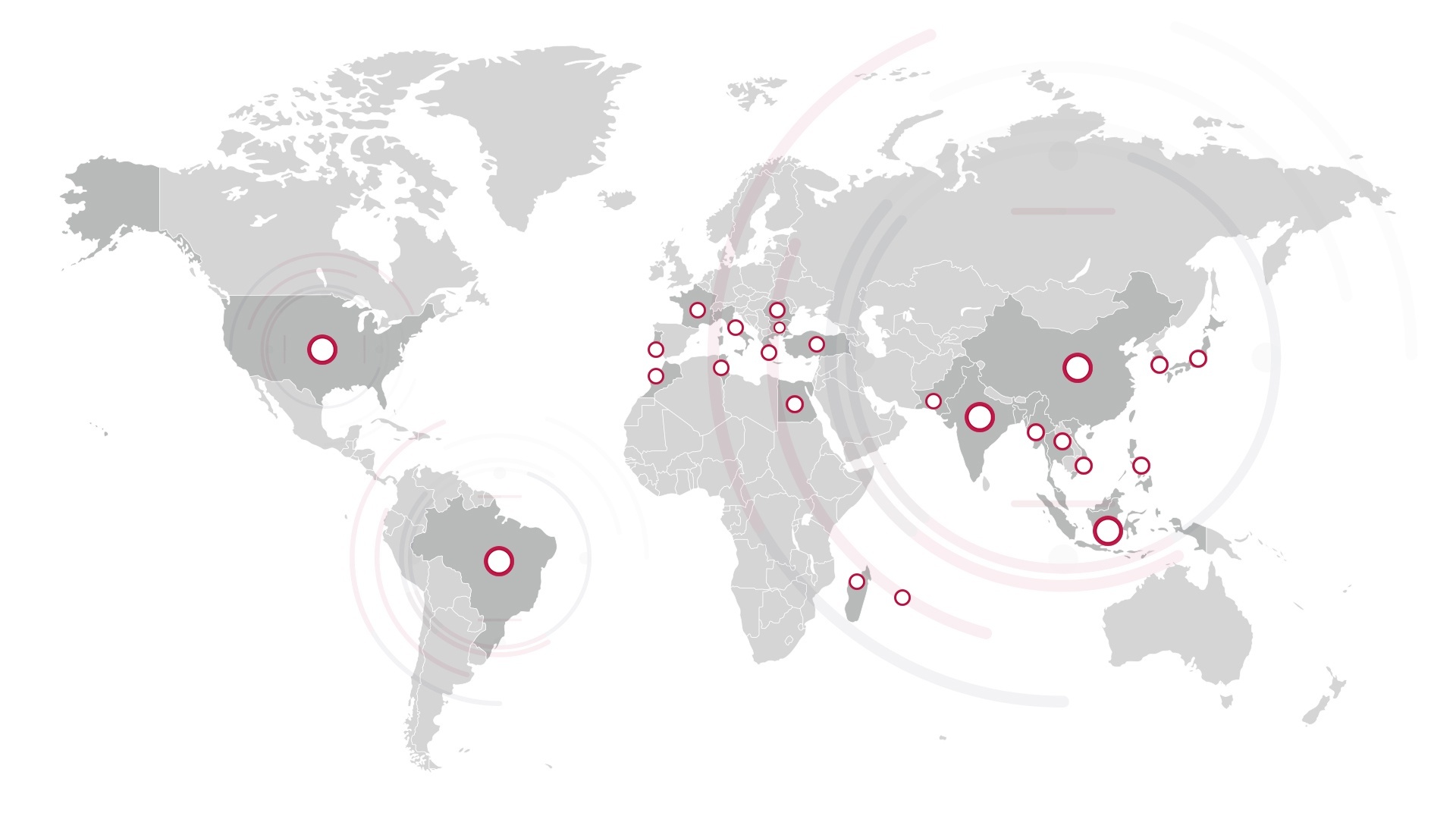Athleisure, a portmanteau of the words ‘athletic’ and ‘leisure’, may be leading the fashion game in the twenty-first century, but according to Merriam Webster, the term was actually coined back in March 1979. More than forty years on, what is behind the boom of this hybrid style of clothing designed for both athletic and non-athletic settings? And what makes a good athleisure garment?
What is Driving The Rise of Athleisure?
The soaring popularity of athleisure fashion globally can be explained by several factors:
Textile innovations
Technological advancements in textiles are driving constant improvements in the performance, comfort, and fit of athleisure products. In 1958, the inherent stretch in fabric was optimized by the invention of spandex (or Lycra). Gore-Tex® was introduced in 1967, enabling clothes that don’t look like sportswear to be both water-resistant and breathable. As consumer demand for athleisure continues, so do the experimental methods to improve athleisure fabrics.
Lifestyle trends
The wellness industry continues to rule social media as one of its most popular topics, particularly the wholesome world of fitness. The pursuit of an active and healthy lifestyle is as easy a sell to consumers as fashion, inspiring them to combine their fitness and style interests through athleisure. Fitness influencers on social media are also among those with the highest number of followers and engagement.
Celebrities and influencers
Athleisure has become a fashion hashtag of its own among celebrities and influencers. The uniform of choice for sharing a peek into their more relaxed, day-to-day selves, celebrities decked out in athleisure have inspired their millions of fans to follow suit. Numerous celebrities have also launched their own athleisure brands, including Beyoncé’s Ivy Park, Rihanna’s Fenty Puma, Kate Hudson’s Fabletics, and Venus Williams’ ELeVen.
Quarantine fashion
The Covid-19 pandemic has turned many millions of people around the world into working-from-home employees, sparking a trend for comfortable, relaxed, and stylish clothing that’s not out of place on a video call. According to Statista, the sports apparel market in the US was valued at approximately 105.1 billion USD in 2020 and is projected to reach 113.4 billion USD by 2021.
What Makes a Good Athleisure Garment?
The beauty of athleisure is that it can be worn ‘anywhere and everywhere’ while keeping the wearer ready for a daily dose of exercise. Consumers generally look for clothing that’s durable, high-performance, breathable, and sweat-proof while also being stylish and trendy.
Design
When it comes to the aesthetics of athleisure, consumers want chic and flattering clothing with a touch of tech. Styles should be fashionable and functional and ready to slip on with ease. In line with all fashion categories, athleisure brands are moving in a more diverse direction and embracing inclusivity. Therefore, athleisure should be available and attractive in all clothing sizes.
Comfort
Athleisure comfort can be separated into physical and physiological. Physical comfort means the garment shouldn’t interfere with, hinder, or limit body movements during the sporting activities for which it’s intended. Physiological comfort refers to elements like balancing body heat across different activities, breathability, and fast-drying performance with good thermal and moisture vapor transmission.
Durability
Athleisure is designed to be worn everywhere, from a gym to a coffee date, so it must be durable and well constructed. The fabric should address characteristics like strength and stretchability and be resistant to body odor, UV rays, tears, abrasions, loss of elasticity, and color-fade. Polyester, nylon, and elastane are particularly suitable fabrics. Seams and other vulnerable areas should be reinforced or utilize stitch-free or seamless technology, and consumer care is important so wearers don’t over-wash the garments and cause damage.
Functionality
Key aspects of athleisure functionality include thermal performance, breathability, and stretch. Moisture and sweat must be able to pass through the fabric to the outer surface, where it can dry quickly and won’t raise the body temperature of the wearer. Breathable athleisure typically won’t require an outfit change after activity. Stretchable fabric is also essential so the garment doesn’t restrict movement, which can be introduced through spandex yarn or special mechanical stretch yarns.
Sustainability
Gen Z and millennials are driving the sustainability generation and prompting fashion brands to create more eco-friendly and ethical clothing. Many athleisure brands are consequently pursuing ethical trade practices and recycling fabrics to create high-performance athleisure that pitches to mindful consumers. The global sustainable athleisure market is expected to reach 126.9 billion USD by 2026, rising at a market growth of 10.5% Compound Annual Growth Rate (CAGR) during the forecast period.
SgT has vast experience with athleisure and sportswear brands and can help ensure that your products’ functional claims align with your customers’ performance requirements and aesthetic expectations. Contact our experts today.



